I have a LED string lights that can be controlled with an IR remote (e.g. ON/OFF, blinking mode, brightness, etc.) and the circuit looks like this:
FYI the lights work like this: The U1 IC controls the signal that is fed to the LED, with the BUTTON you can cycle through the different lighting modes, the SW switches between timer on/off and manual on/off mode, and there is the IR remote control part as well.
My goal is to connect a microcontroller (e.g. ESP8266) to the control IC of the LED lights so I would be able to send the (decoded IR) commands from the microcontroller to the control IC to control the lights, while keeping the function to use the IR remote as well.
So far I think I was able to identify the IR commands that the remote sends by connecting an Arduino Uno to the OUT pin of the IR receiver and using the Arduino-IRemote library to decode the signals. It seems like that it uses a simple NEC protocol.
I was hoping that I'd be able to simply connect one of the GPIO pin of the microcontroller to the pin 1 of the IC and just send the command signal (that you'd normally send to the IR transmitter) on the GPIO so the control IC would recognize it as a normal command.
I tried to do that with the Arduino by using the same library and sending the command signal to pin 1 as I would send it to an IR transmitter, but the IC didn't recognize the command. (Note: I switched the GPIO to input to let pin float when I wasn't sending the signal from the microcontroller so the IR remote can be used too)
Is it possible to achieve this somehow? Am I correct to assume that the digital signal on the IR transmit side is the same as the digital signal on the receive side, or is there a modification that the IR receiver does?

